Researchers suggest that unambiguous signals of quantum gravity could appear in future tabletop experiments with gravitationally interacting objects.


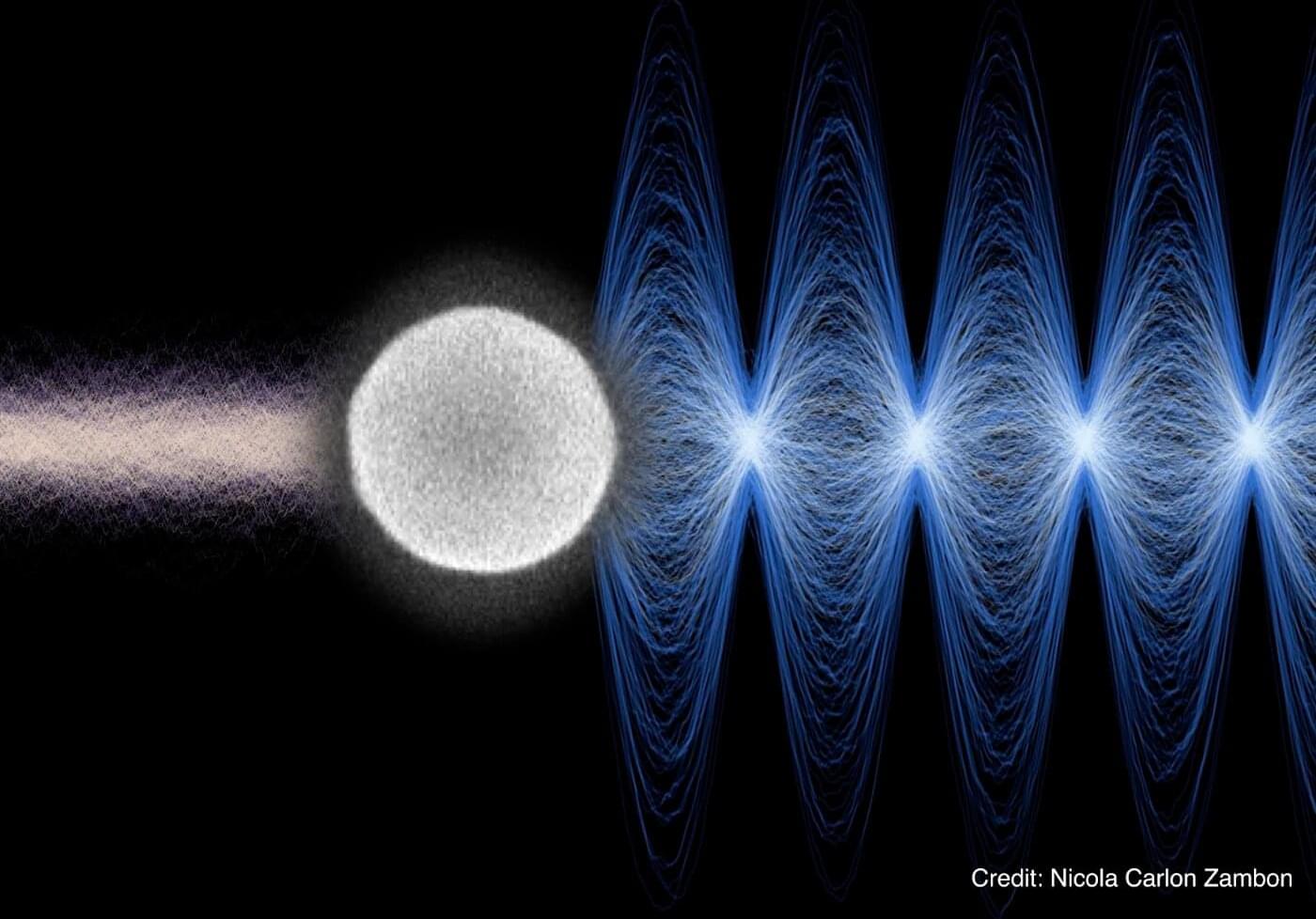
Quantum mechanics theory predicts that, in addition to exhibiting particle-like behavior, particles of all sizes can also have wave-like properties. These properties can be represented using the wave function, a mathematical description of quantum systems that delineates a particle’s movements and the probability that it is in a specific position.
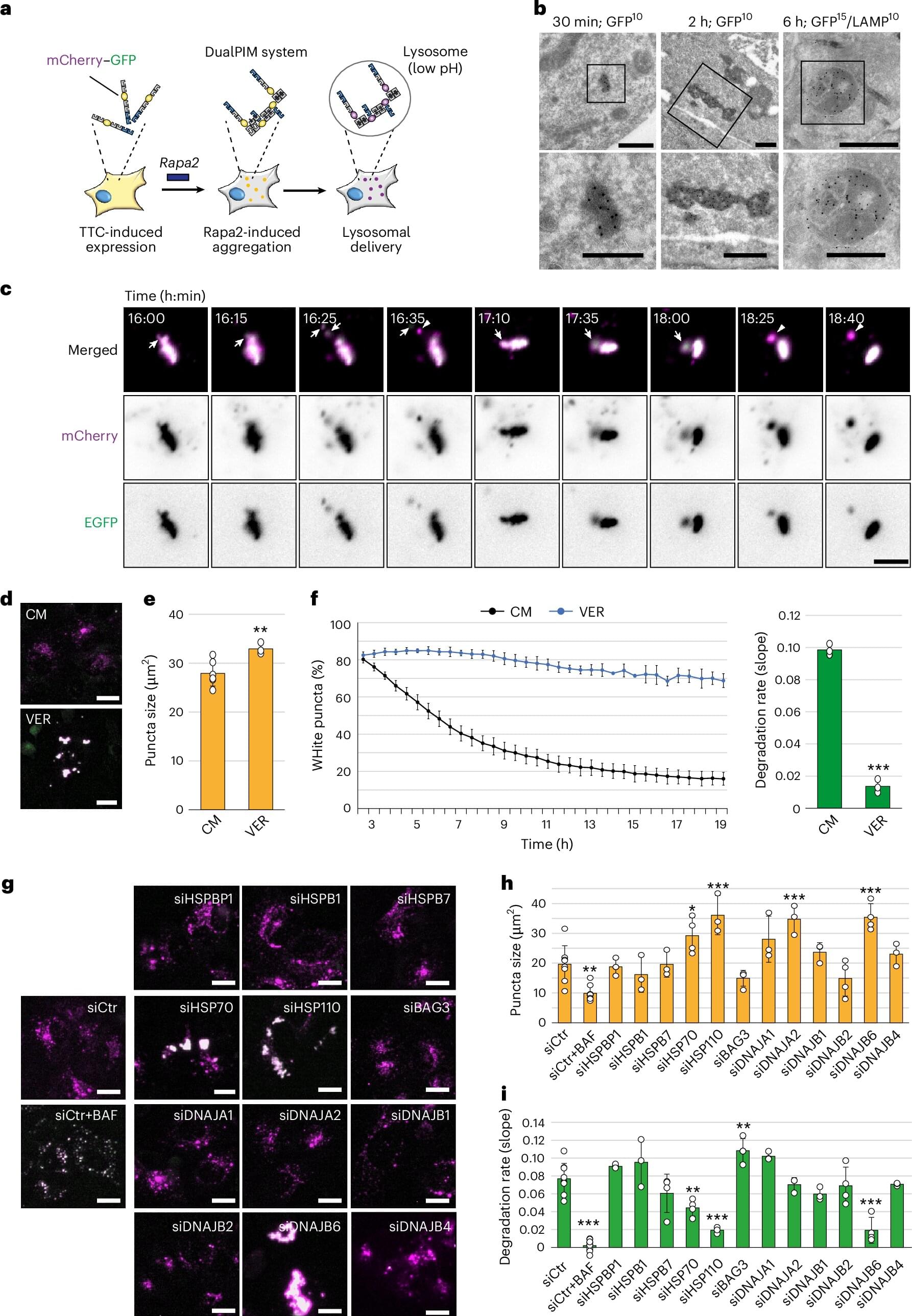
A new study from Aarhus University shows that our cells’ ability to clean out old protein clumps, known as aggregates, also includes a—up till now unknown—partnership with an engine that breaks down bigger pieces into smaller before “taking it to the trash.” An important find for future treatments of diseases like Alzheimer’s, Parkinson’s, ALS and Huntington’s, which are all characterized by the accumulation of protein in the brain.
Imagine you’re about to eat a big pizza. In order to not choke on it, you cut it up into slices and eat it bite by bite. And while you’re chomping down on your slices, cells inside your body are busy slicing the built-up protein clumps into pieces that are more manageable for the body’s trash system—otherwise it would clog up and malfunction.
Researchers from the department of Biomedicine at Aarhus University have just released a new study, which for the first time documents exactly how those clumps of unwanted protein get reduced to smaller pieces before being disposed of by the cells’ garbage disposal system—called autophagy. The work is published in the journal Nature Cell Biology.
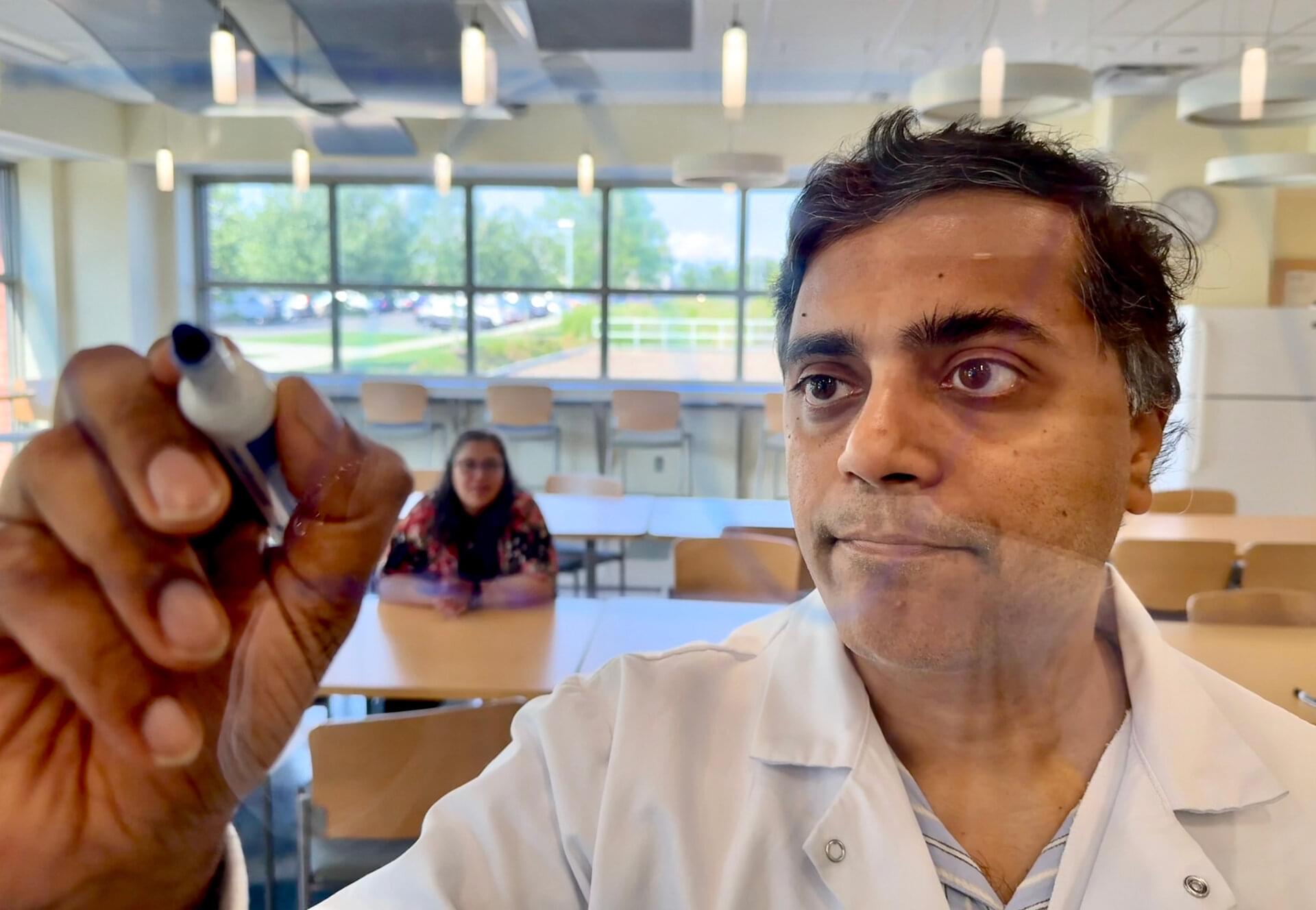
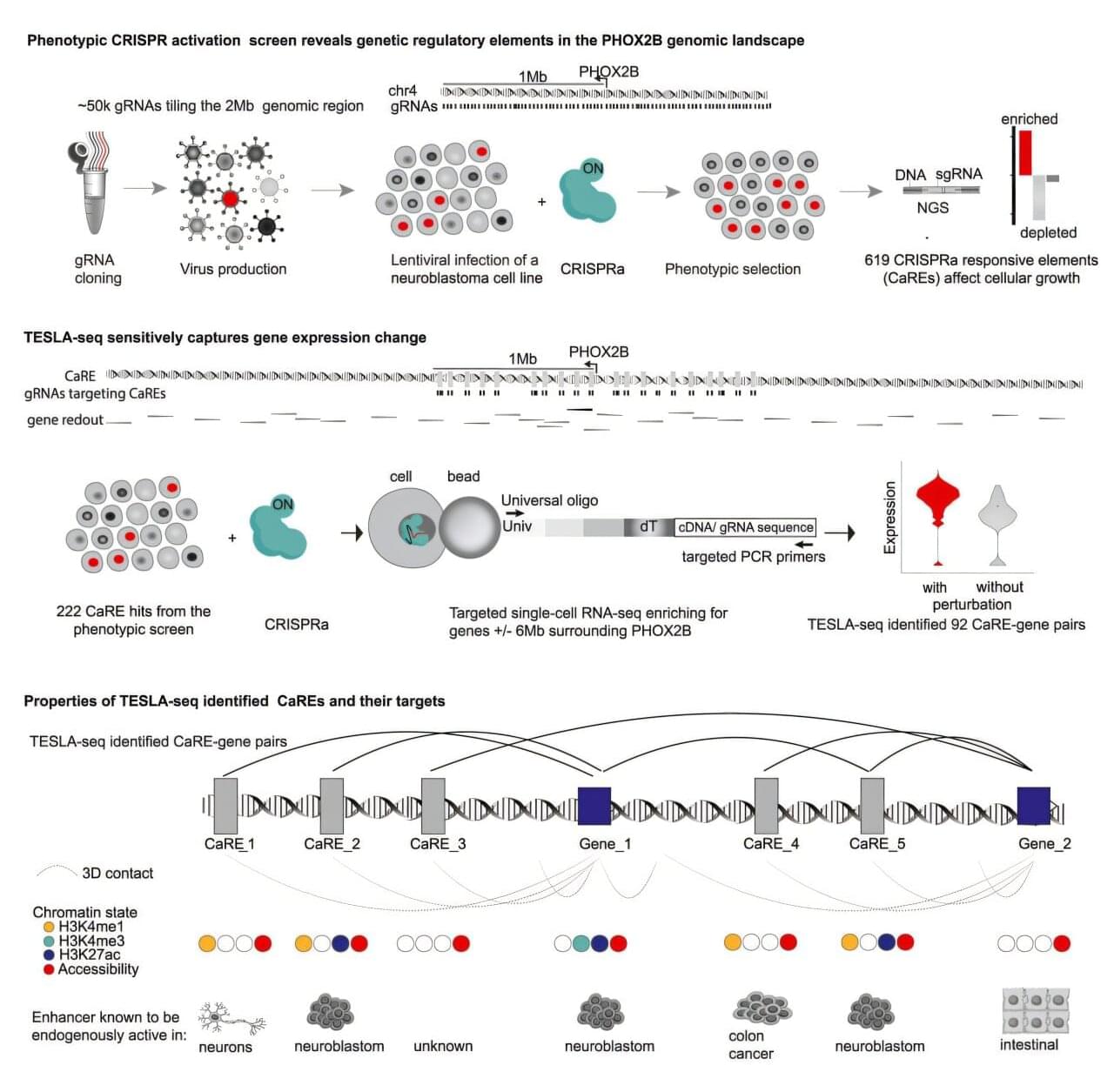

Artificial intelligence is now part of our daily lives, with the subsequent pressing need for larger, more complex models. However, the demand for ever-increasing power and computing capacity is rising faster than the performance traditional computers can provide.
To overcome these limitations, research is moving towards innovative technologies such as physical neural networks, analog circuits that directly exploit the laws of physics (properties of light beams, quantum phenomena) to process information. Their potential is at the heart of the study published in the journal Nature. It is the outcome of collaboration between several international institutes, including the Politecnico di Milano, the École Polytechnique Fédérale in Lausanne, Stanford University, the University of Cambridge, and the Max Planck Institute.
The article entitled “Training of Physical Neural Networks” discusses the steps of research on training physical neural networks, carried out with the collaboration of Francesco Morichetti, professor at DEIB—Department of Electronics, Information and Bioengineering, and head of the university’s Photonic Devices Lab.

From health monitors and smartwatches to foldable phones and portable solar panels, demand for flexible electronics is growing rapidly. But the durability of those devices—their ability to stand up to thousands of folds, flexes and rolls—is a significant concern.
New research by engineers from Brown University has revealed surprising details about how cracks form in multilayer flexible electronic devices. The team shows that small cracks in a device’s fragile electrode layer can drive deeper, more destructive cracks into the tougher polymer substrate layer on which the electrodes sit. The work overturns a long-held assumption that polymer substrates usually resist cracking.
“The substrate in flexible electronic devices is a bit like the foundation in your house,” said Nitin Padture, a professor of engineering at Brown and corresponding author of the study published in npj Flexible Electronics. “If it’s cracked, it compromises the mechanical integrity of the entire device. This is the first clear evidence of cracking in a device substrate caused by a brittle film on top of it.”
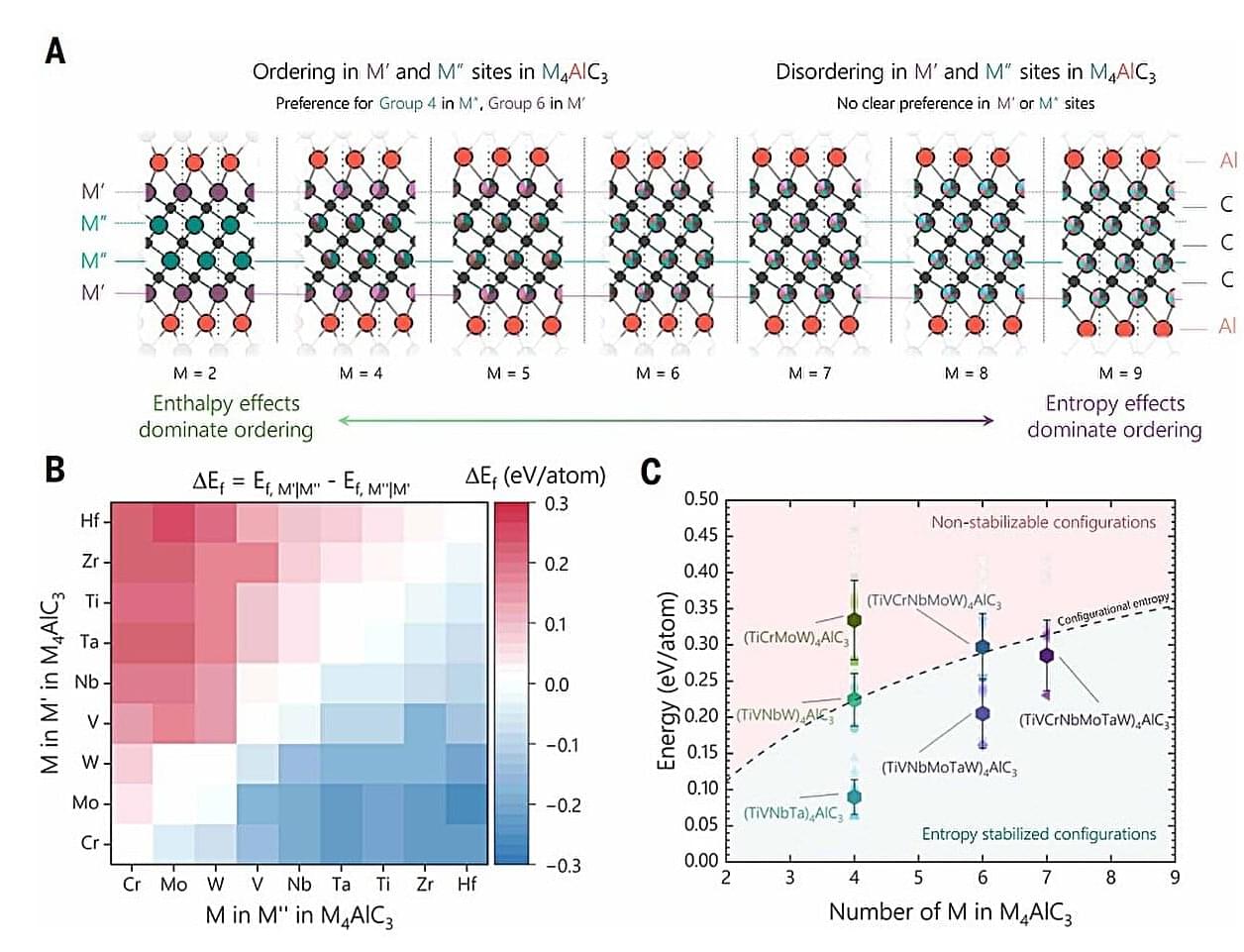
In the tug-of-war between order and chaos within multielemental carbides, entropy eventually claims victory over enthalpy by pushing the system toward complete disorder as the diversity of elements in the material increases, as revealed in a study published in Science.
Researchers synthesized 40 layered carbide phases with composition MAlX materials (M is a transition metal, Al is for aluminum, and X is either C or N), where the number of M was between 2 and 9.
Their goal was to uncover the trends in short-range ordering and compositional disorder in so-called high–entropy systems. They found that in carbides with fewer constituent elements, short-range order driven by enthalpy dominated. However, as the number of elements increased, entropy took control, randomizing the metal configurations.

To shed new light on the contribution of different brain regions and neural circuits to specific mental functions, neuroscientists and medical researchers rely on advanced imaging techniques and neural probes. These are electronic devices embedding electrodes, components that can measure the electrical impulses produced by neurons, which are known as spikes.
While existing probes have helped to map various networks of neurons and understand their functions, most of them have two-dimensional (2D) layouts. This is because they are made employing conventional semiconductor-based devices and fabrication strategies.
Researchers at Dartmouth College, University of Pittsburgh, Oklahoma State University and other institutes have developed a new approach that could enable the fabrication of soft three-dimensional (3D) neural probes on a large scale. Their proposed method, outlined in a paper published in Nature Electronics, entails the rolling of flat electronic devices into cylindrical 3D structures.
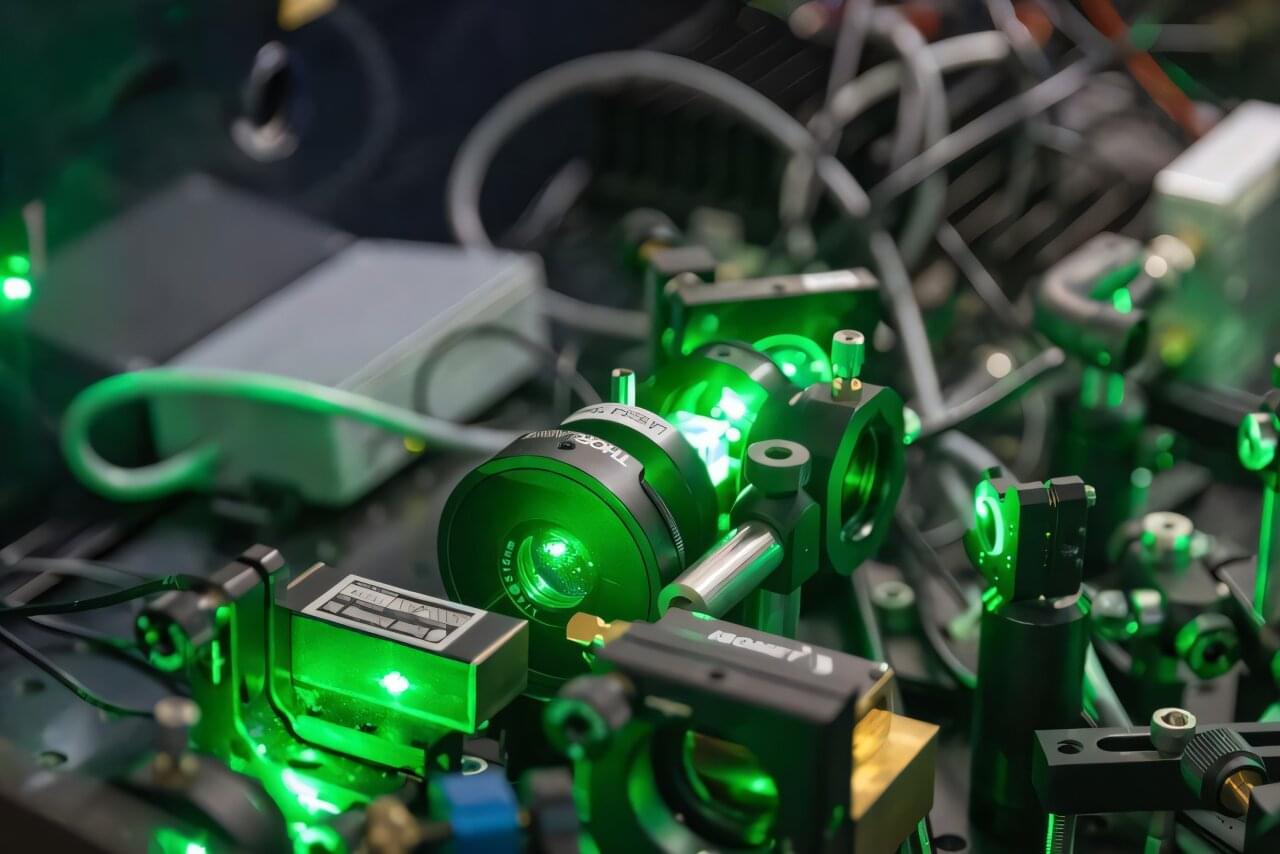
The molecular hydrogen ion H₂⁺ is the simplest molecule. This simplicity makes it a perfect study object for physicists, as its properties—for example, its energy levels—can be calculated precisely. In turn, this enables theoretical predictions to be compared with experimental measurements to determine whether the theories reflect reality correctly.